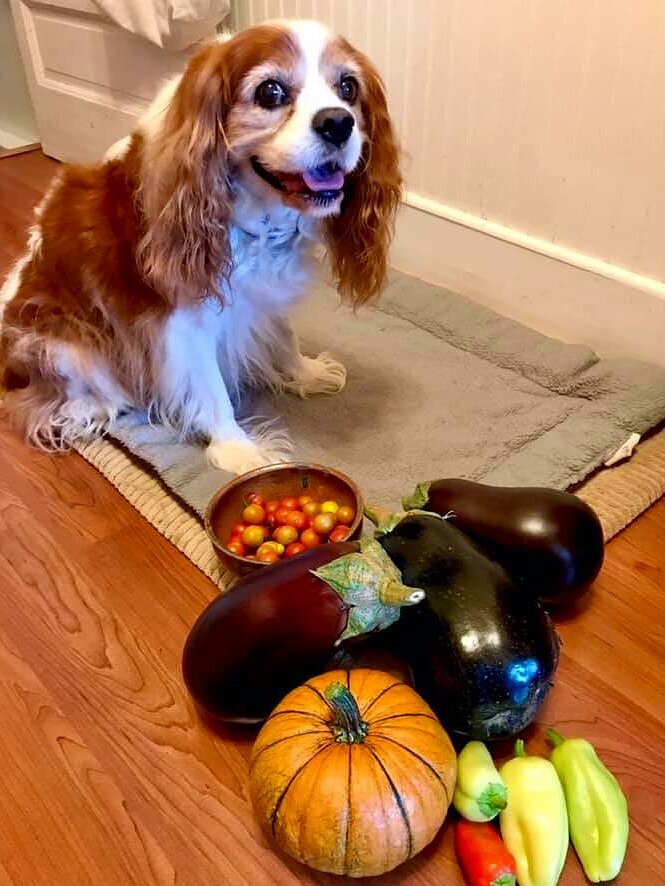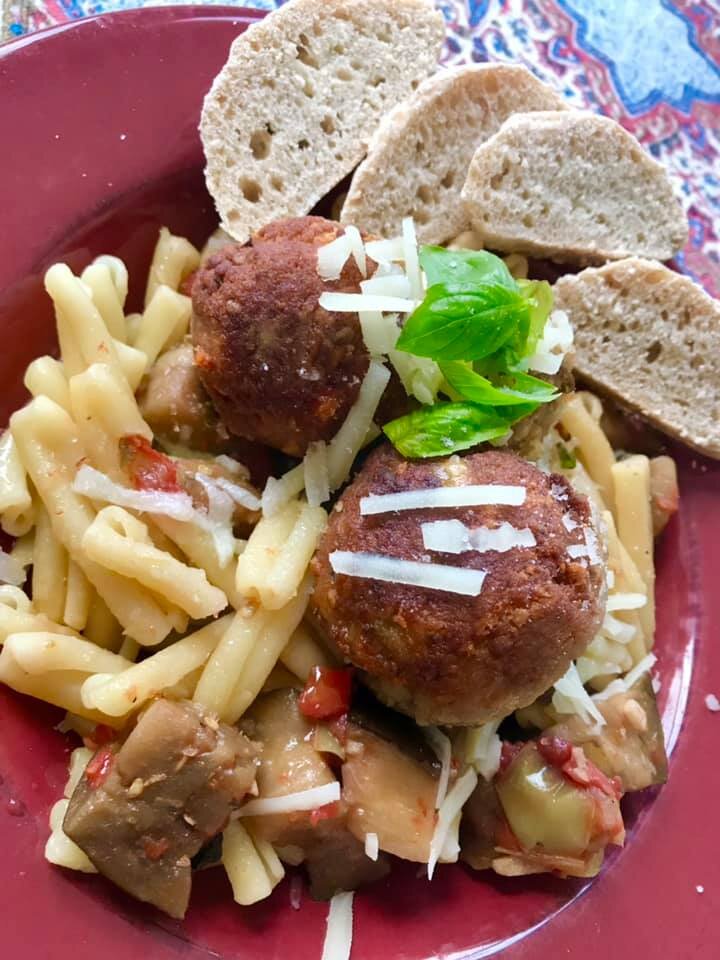How to Survive a Real Life Calamity (on a shoe-string budget)
Guest post by Kristina Karuna Maze
The Tuesday after Fourth of July 2021, I came home from my third job and decided to do a bit of self-care before hitting the sack. The plan was to shower and hop in the hot tub for a soak. But the only “soak” that night was my living room and dining room ceilings, which split open and poured water from the shower above onto the floor below.
Long story short, the secretively slow leak behind the gypsum board and plaster turned into an emergency home repair. There was structural damage. Rotted wood. Smelly mold. Deteriorated walls, floors, ceilings. And the main culprit: a corroded and clogged iron pipe—original to the 1929 rowhouse and 3 stories tall. The damage was extensive and had to be tackled asap, before the center of the house caved in. The contractor’s crew was demolishing the disaster well before the insurance company was even contacted.
The project was expensive. So expensive, it called for extreme austerity measures while I paid out of pocket. What in my monthly budget could I cut? The simplest answer was groceries.
Washington, DC’s cost of living is high and food prices during the pandemic were incessantly increasing. I’m always espousing the mantra: Grow Food, Not Lawns. Now I literally had to eat my own words.
I normally budget $600 a month for groceries to feed me and my dog: $400 at the organic store and $200 at Costco. (I make all my dog’s food.) What I actually spent for the month was $70.
That’s right: I went from $600 to spending $70 on food between July 6 and August 13. Subtract the cost of my dog’s food, and only $30 of that $70 was for my personal consumption.
My four-pronged approach:
1) Inventory what I already had—squirreled away in cabinets were sundries like pasta, beans, and legumes. My freezer chest had chicken, butter, and loads of pumpkin puree from last year’s harvest.
2) Assess the crops growing in my front and back gardens.
3) Take note of what I canned over the last year.
4) Grocery shop only when no alternative products were available (bananas, avocados, oranges, beef).
Next came meal planning.
· What was ripe and ready to harvest?
· What could I stretch out into multiple meals?
· Where could I get creative?
The cooking challenge commenced. I never went hungry and my dog never missed a meaty meal. Here are some of my creations. My garden ingredients are in parentheses:
· Minestrone soup (onion, herbs, bell pepper, kale, corn, and 200 cherry tomatoes; corn cobs thicken the broth)
· Tomato basil soup (tomatoes, basil, onion, serrano pepper)
· Fried green tomatoes (‘maters)
· Tomato pie (tomatoes again!) with seasoned homemade crust (sage, chives, dill, oregano, basil)
· Baba ganoush (eggplants)
· Salad (arugula, pickled radishes, corn, kale, tomatoes)
· Sweet and sour stir-fry (redbud jelly, green beans, kale stalks, and carrots plus sweet, jalapeno, and serrano peppers)
· Eggplant casserole (eggplant, herbs)
· Frittata (peppers, potatoes, tomatoes)
· “Hummus” spread (cowpeas, chives)
· PB&J on homemade bread (canned jams and jellies)
Last week, a neighbor invited everyone to come pick apples and peaches from their mini orchard in the city. I made an apple pie and leaned over the sink eating the warm, juicy peaches. Owning chickens is illegal in DC but if it weren’t, I would have bartered my bumper crop of eggplants for a dozen fresh eggs. Meantime, I learned DIY hemp milk is a cheap substitute for a carton of almond milk. Chicken stock portioned into ice cube trays is easy to freeze for future use. Arugula flowers are delicious and peppery.
The construction project is almost done and just this morning I received the insurance claim deposit. I still have an abundance of food growing and a lot of recipes swimming in my head for the pumpkin blossoms, sweet potato vines, fennel, rosemary, lemongrass, garlic, and kumquats I haven’t yet touched.
Lesson: I can’t predict an emergency, but I proved I can eat my way through one and survive.
My friend Kristina Maze, who generously contributed this post, is quite the accomplished home chef, whipping up wholesome and delicious easy meals from “whatevers not nailed down” in her pantry and tiny (but abundant) urban garden. You can find many more of her tasty dishes in our recipe blog
Garden to Table
Sueño de Vida is a regenerative cacao farm and reforestation mission in Ecuador. Sueño de Vida works to educate and inspire everyday people about permaculture, sustainable living, environmental activism, and healthy living all in the name of living more in harmony with nature to create a better world for us all.
You can support the Sueño de Vida mission today by purchasing our cacao or contributing to direct reforestation.
Thank you.






